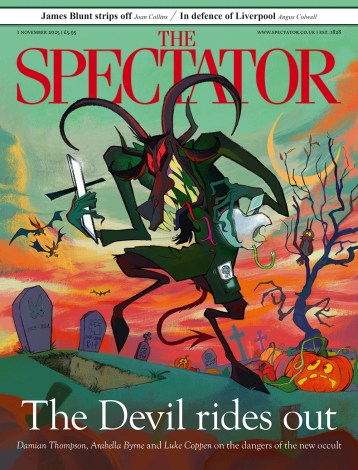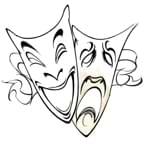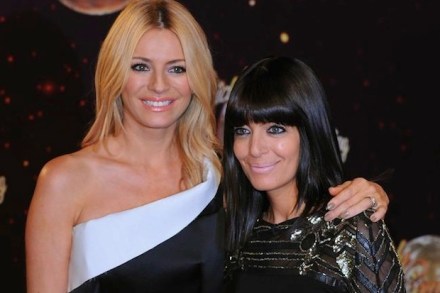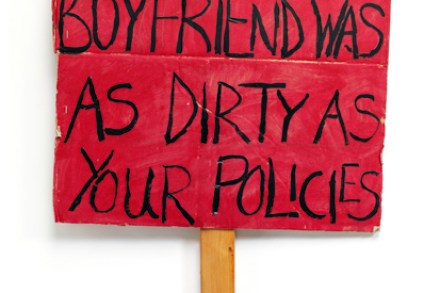Michelangelo’s vision was greater even than Shakespeare’s
Arts featureIt is 450 years since the birth of William Shakespeare. The anniversary has been hard to avoid in this country, which is entirely appropriate. Shakespeare helped to shape not only our language but also our conception of character and our understanding of the human condition. Our experience of love, of facing death, of loss and

























